Scientists are gearing up to once more push the boundaries of the cutting edge of particle physics with the reopening of the Large Hadron Collider (LHC) at CERN after a three-year shutdown.
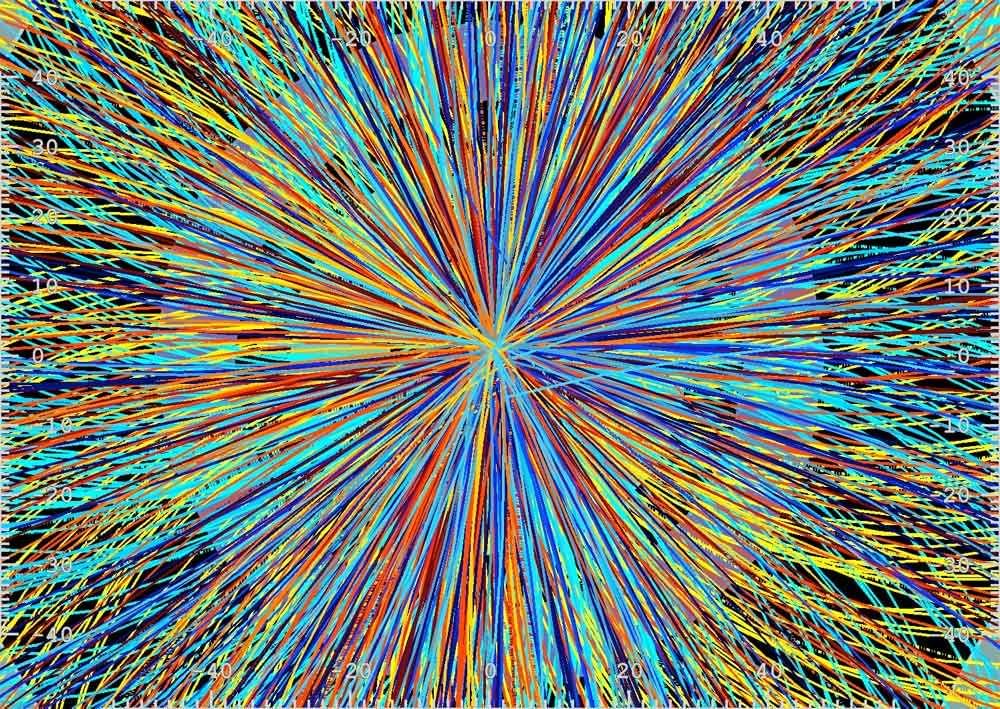


In a vacuum like space, the speed of light is just over 186,280 miles per second. Scientists have now shown it’s possible to slow it down to zero miles per second without sacrificing its brightness, regardless of its frequency or bandwidth.
A team of researchers from the Israel Institute of Technology and the Institute of Pure and Applied Mathematics in Brazil discovered a method of theoretically bringing the speed of light to a halt by capitalizing on “exceptional points”—coordinates at which two separate light emissions reach each other and merge into a single one, according to Phys.org. A paper describing the research was published in the scientific journal Physical Review Letters.
The first involves aiming a laser into a cloud of ultracold sodium atoms, the researchers wrote in their paper. When the laser is abruptly switched off, a slow pulse of light is imprinted onto the atoms, essentially bringing the light to a halt by absorbing it; the imprinted shape can then be converted back into a photon. But it’s the second method that allowed the researchers to make their breakthrough.
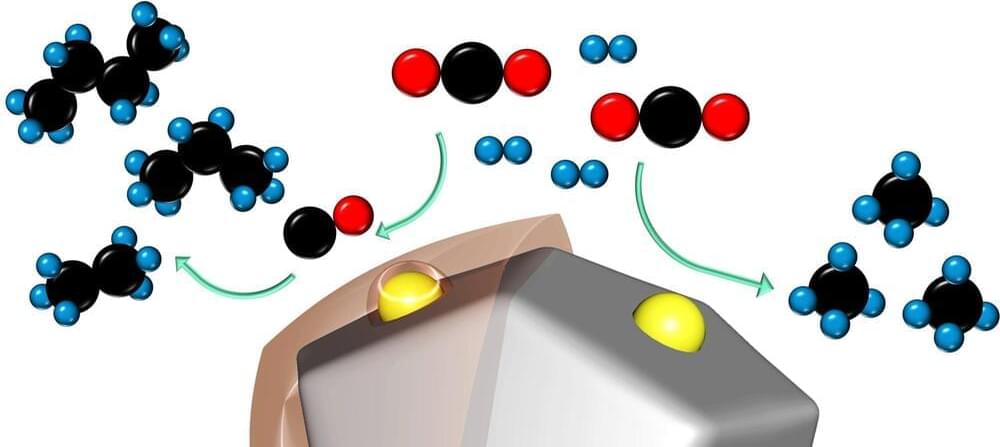
Engineers working to reverse the proliferation of greenhouse gases know that in addition to reducing carbon dioxide emissions we will also need to remove carbon dioxide from power plant fumes or from the skies. But, what do we do with all that captured carbon? Matteo Cargnello, a chemical engineer at Stanford University, is working to turn it into other useful chemicals, such as propane, butane or other hydrocarbon fuels that are made up of long chains of carbon and hydrogen.
“We can create gasoline, basically,” said Cargnello, who is an assistant professor of chemical engineering. “To capture as much carbon as possible, you want the longest chain hydrocarbons. Chains with eight to 12 carbon atoms would be the ideal.”
A new catalyst, invented by Cargnello and colleagues, moves toward this goal by increasing the production of long-chain hydrocarbons in chemical reactions. It produced 1,000 times more butane—the longest hydrocarbon it could produce under its maximum pressure—than the standard catalyst given the same amounts of carbon dioxide, hydrogen, catalyst, pressure, heat and time. The new catalyst is composed of the element ruthenium—a rare transition metal belonging to the platinum group—coated in a thin layer of plastic. Like any catalyst, this invention speeds up chemical reactions without getting used up in the process. Ruthenium also has the advantage of being less expensive than other high-quality catalysts, like palladium and platinum.

The Australian wildfires in 2019 and 2020 were historic for how far and fast they spread, and for how long and powerfully they burned. All told, the devastating “Black Summer” fires blazed across more than 43 million acres of land, and extinguished or displaced nearly 3 billion animals. The fires also injected over 1 million tons of smoke particles into the atmosphere, reaching up to 35 kilometers above Earth’s surface — a mass and reach comparable to that of an erupting volcano.
Now, atmospheric chemists at MIT have found that the smoke from those fires set off chemical reactions in the stratosphere that contributed to the destruction of ozone, which shields the Earth from incoming ultraviolet radiation. The team’s study, appearing this week in the Proceedings of the National Academy of Sciences, is the first to establish a chemical link between wildfire smoke and ozone depletion.
In March 2020, shortly after the fires subsided, the team observed a sharp drop in nitrogen dioxide in the stratosphere, which is the first step in a chemical cascade that is known to end in ozone depletion. The researchers found that this drop in nitrogen dioxide directly correlates with the amount of smoke that the fires released into the stratosphere. They estimate that this smoke-induced chemistry depleted the column of ozone by 1 percent.
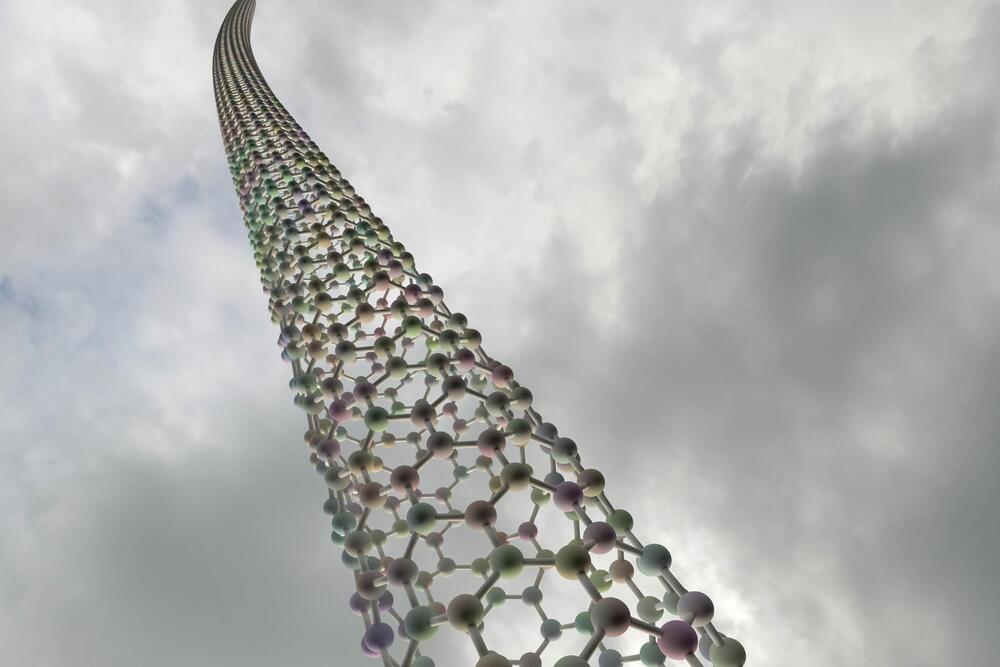
Schran agrees. “This new mechanism of friction is definitely very interesting and exciting,” he says. “But what is missing in my opinion, is a clear benchmark measurement.” Quantifying, for instance, how friction changes based on water’s interaction with single versus multiple layers of carbon atoms could go a long way to fully verifying the new theory, which predicts that greater numbers of electrons in the multilayered carbon will boost friction.
The study team is already progressing along this path and dreaming of what lies beyond. They are hoping to eventually test their theory with flowing liquids other than water, and nanotubes composed of elements besides carbon. In such cases, molecules in the liquid and the electrons within nanotube walls would follow different patterns of interaction, possibly leading to changes in the degree of quantum friction. Lydéric Bocquet says that it may even be possible to control the amount of friction a flowing liquid experiences by constructing nanotubes with electron behavior explicitly in mind.
The new study sets the stage for years of complex exploration by experimental and theoretical physicists alike and, according to Kavokine, also signals a fundamental shift in how physicists should think about friction. “Physicists have long thought that it is different at the nanoscale, but this difference was not so obvious to find and describe,” he says. “They were dreaming about some quantum behavior arising at these scales—and now we have shown how it does.”
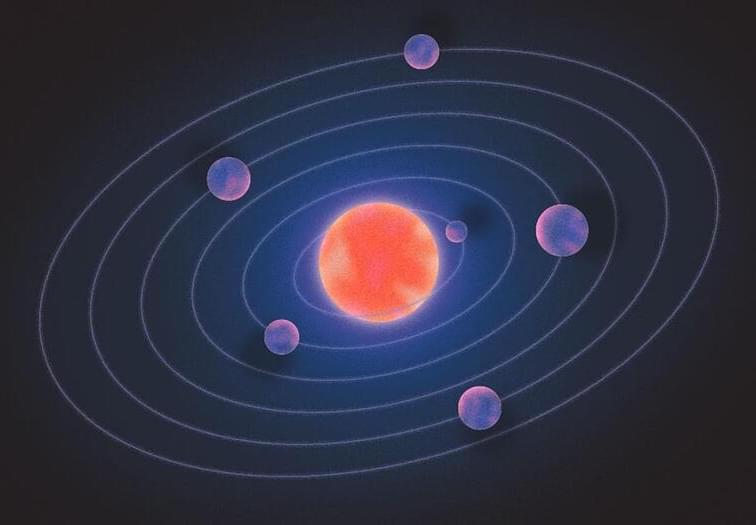
Quanta Magazine.
In The Structure of Scientific Revolutions, the philosopher of science Thomas Kuhn observed that scientists spend long periods taking small steps. They pose and solve puzzles while collectively interpreting all data within a fixed worldview or theoretical framework, which Kuhn called a paradigm. Sooner or later, though, facts crop up that clash with the reigning paradigm. Crisis ensues. The scientists wring their hands, reexamine their assumptions and eventually make a revolutionary shift to a new paradigm, a radically different and truer understanding of nature. Then incremental progress resumes.
For several years, the particle physicists who study nature’s fundamental building blocks have been in a textbook Kuhnian crisis.
The crisis became undeniable in 2016, when, despite a major upgrade, the Large Hadron Collider in Geneva still hadn’t conjured up any of the new elementary particles that theorists had been expecting for decades. The swarm of additional particles would have solved a major puzzle about an already known one, the famed Higgs boson. The hierarchy problem, as the puzzle is called, asks why the Higgs boson is so lightweight — a hundred million billion times less massive than the highest energy scales that exist in nature. The Higgs mass seems unnaturally dialed down relative to these higher energies, as if huge numbers in the underlying equation that determines its value all miraculously cancel out.
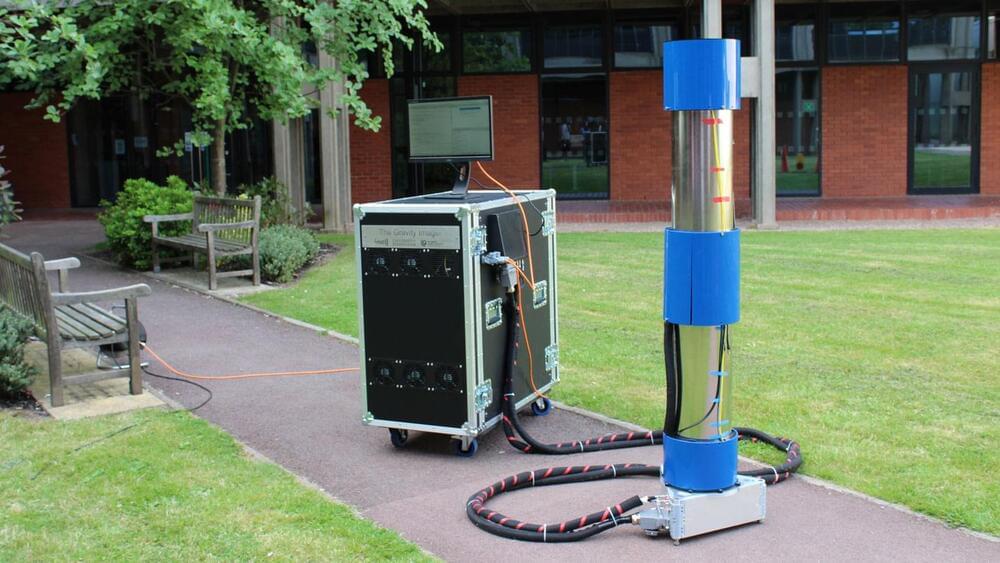
Poli imagines using quantum gravity sensors to monitor groundwater or magma beneath volcanoes, or to help archaeologists uncover hidden tombs or other artifacts without having to dig them up (SN: 11/2/17). These devices could also help farmers check soil quality or help engineers inspect potential construction sites for unstable ground.
“There are many tools to measure gravity,” says Xuejian Wu, an atomic physicist at Rutgers University in Newark, N.J., who wasn’t involved in the study. Some devices measure how far gravity pulls down a mass hanging from a spring. Other tools use lasers to clock how fast an object tumbles down a vacuum chamber. But free-falling atoms, like those in quantum gravity sensors, are the most pristine, reliable test masses out there, Wu says. As a result, quantum sensors promise to be more accurate and stable in the long run than other gravity probes.

Rice University lab manipulates ultracold Rydberg atoms to mimic quantum interactions.
Our spatial sense doesn’t extend beyond the familiar three dimensions, but that doesn’t stop scientists from playing with whatever lies beyond.
Rice University physicists are pushing spatial boundaries in new experiments. They’ve learned to control electrons in gigantic Rydberg atoms with such precision they can create “synthetic dimensions,” important tools for quantum simulations.